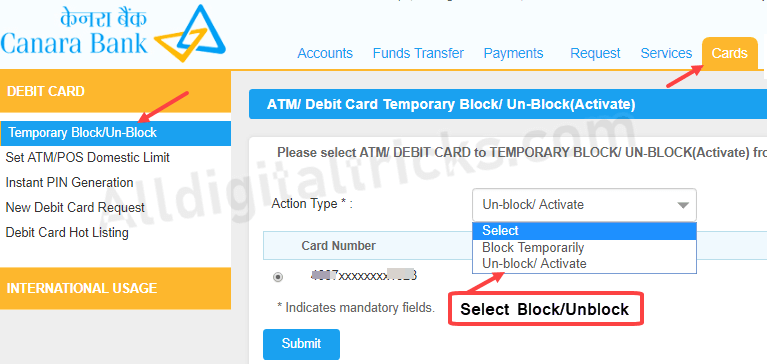
cards don’t lock to a vendor until they’re used for the first time. Once a card is created, it can also be paused so it will not authorize any further transactions until the pause is removed. There will obviously have to be adjustments when the services increase their monthly fees, but that isn’t a frequent occurrence. We’re fans of the per-transaction limit, especially for services like Netflix or Spotify where the cost will always be the same. The free plan also covers use of the browser extensions for Chrome and Firefox. The cards can also have narrow spending limits such as $100 or less. These can be single-use cards for special purchases, or cards locked to a single merchant. Most people will do fine with the free plan, which includes the ability to create up to 12 cards per month.

It does, however, offer several paid plans for its services as well. makes its money off of the transaction fees that merchants pay to debit card providers such as Visa and MasterCard.

Once validates the funding source, you’re ready to create cards.

lets you choose between a debit card or bank account details for your funding source. The latter requires entering your online banking details via Plaid, a company that specializes in connecting bank accounts to mobile and desktop applications.įor entering a bank login, Plaid throws up what looks like a mobile login for each bank it works with-it covers more than 15,000 banks. After that, you fill out some personal information, and then connect a funding source via either your debit card or banking details. Signing up for is just like any other web service, with a request for an email and password.


 0 kommentar(er)
0 kommentar(er)
